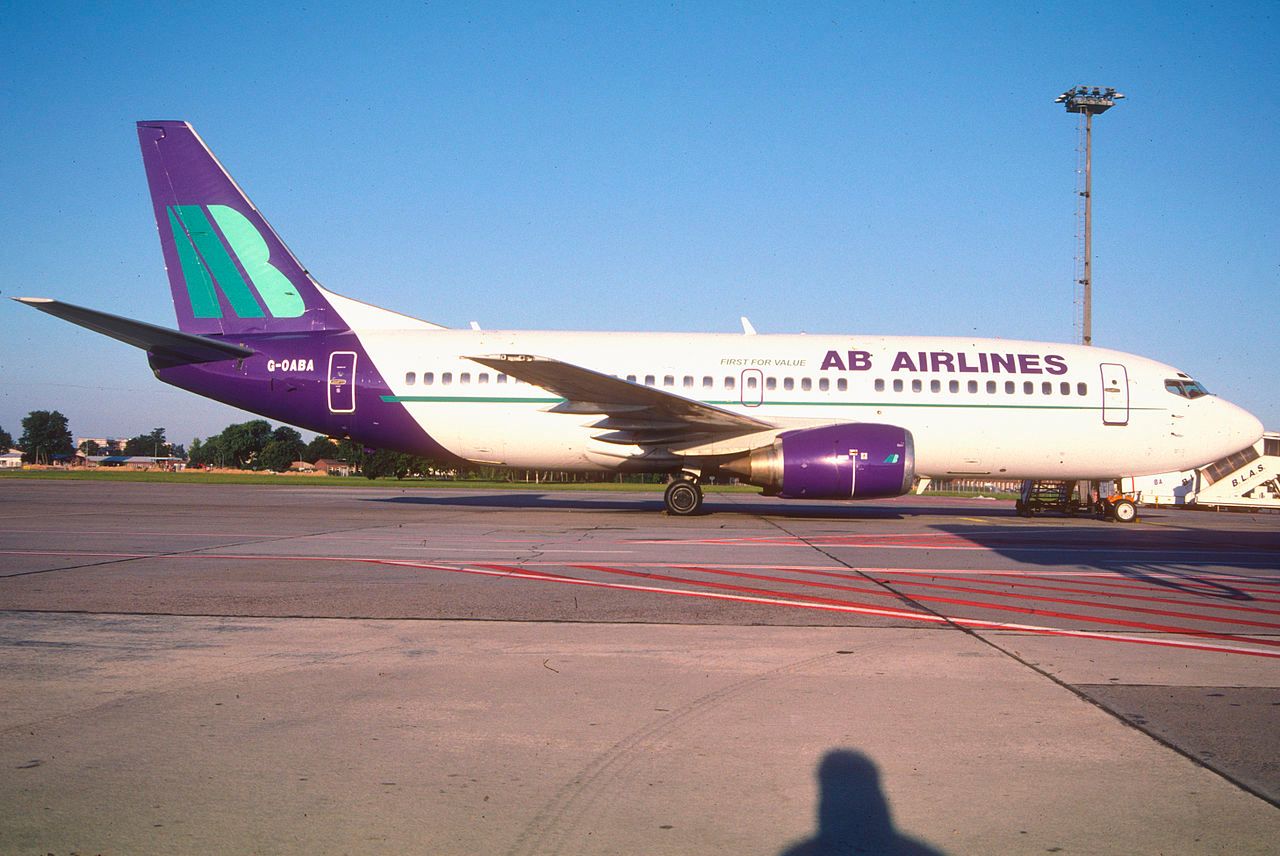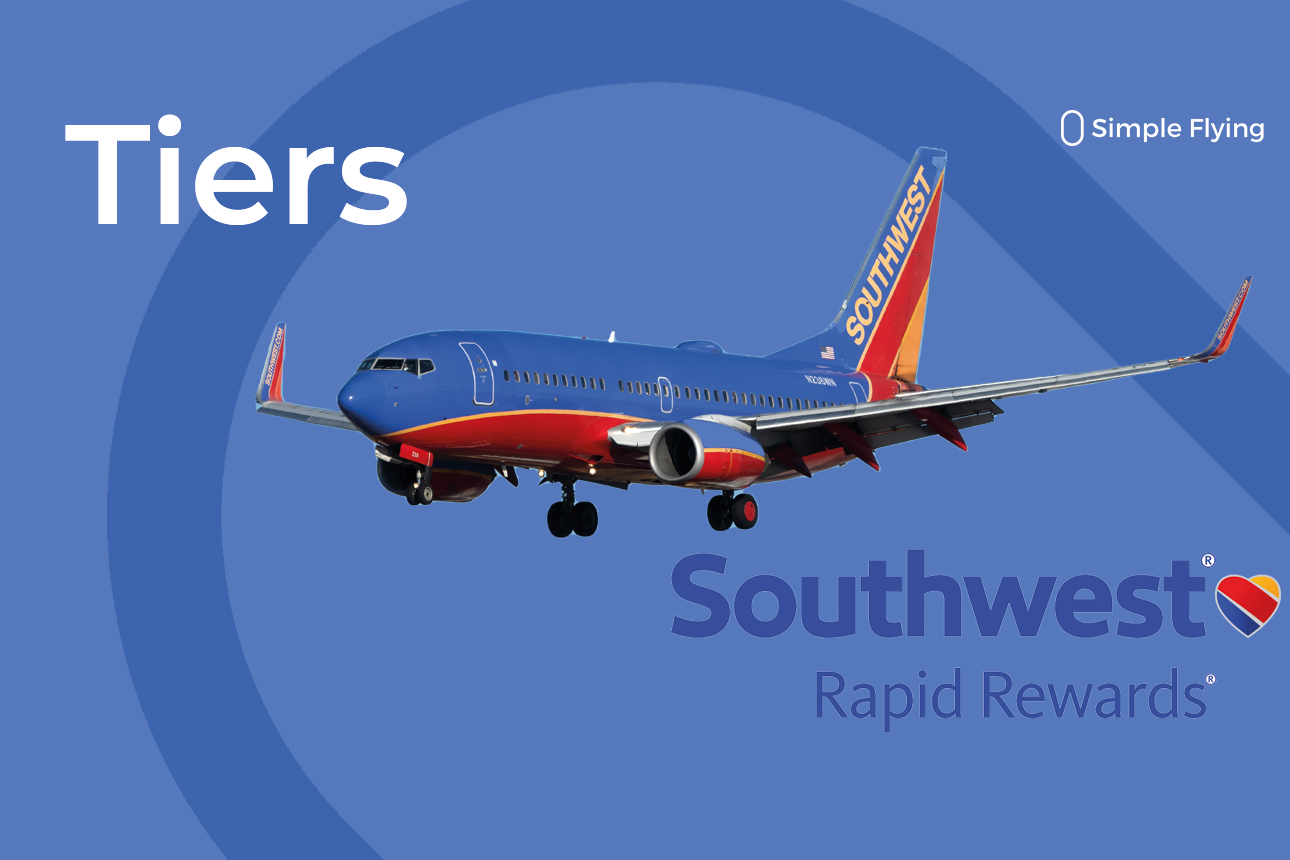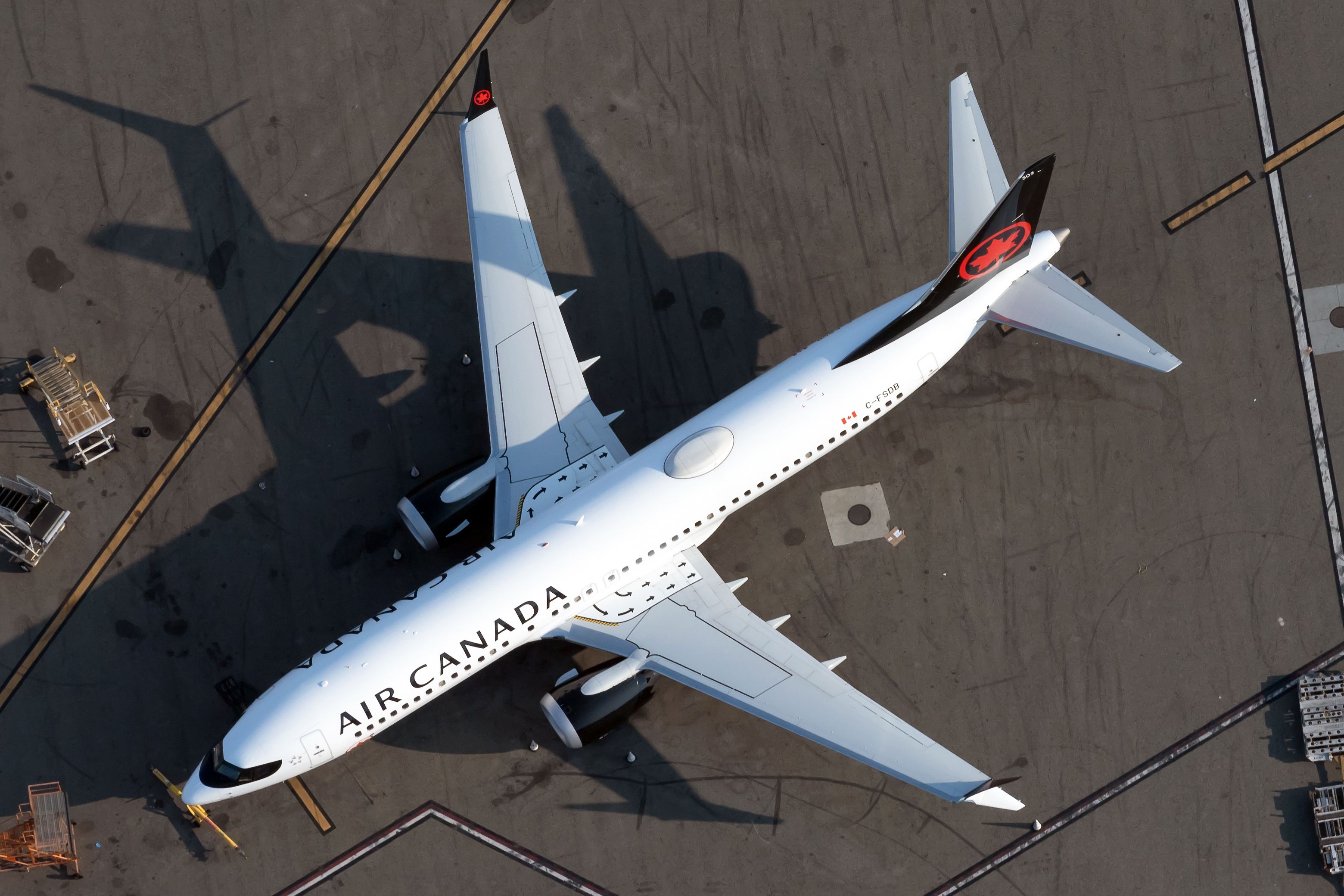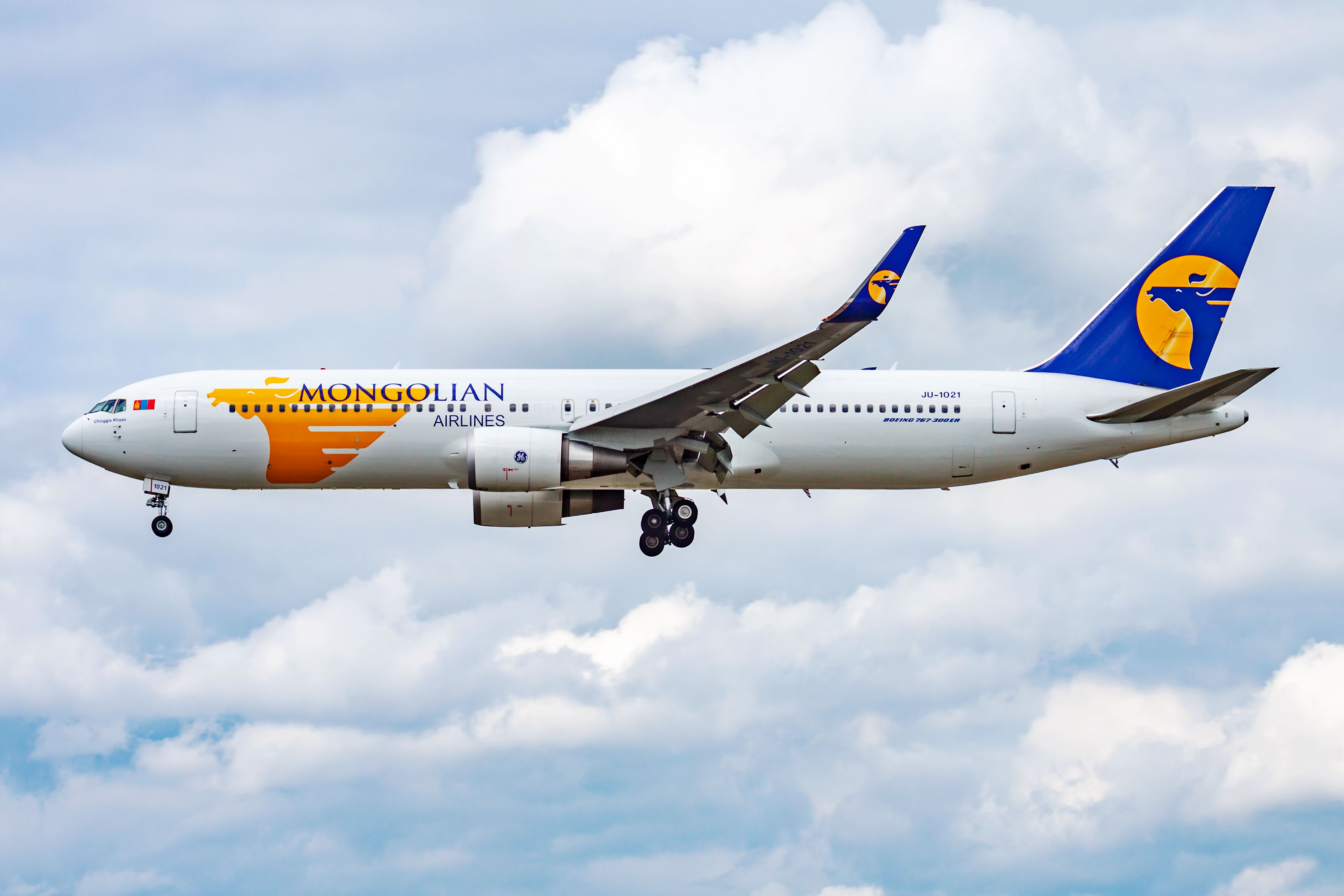
What Happened To Early UK Low-Cost Carrier AB Airlines?
AB Airlines was one of Europe's first self-styled low-cost carriers when it commenced operations in 1993. However, with a lack of cohesive structure or a firm financial footing, the airline would not last long enough to benefit from the low-cost boom sweeping Europe toward the end of the 1990s. AB Airlines (IATA code 7L/ICAO code AZX) was an early that showed early promise only to let a prime opportunity through its fingers before it could potentially become a credible force on the European aviation scene. Having been set up by a pair of former directors of Plymouth-based Brymon Airways, the airline, initially (and rather curiously) named , set up its head office at with a view to starting scheduled services within the UK to begin with, with plans to spread its wings later on to encompass destinations across Europe from London. Having acquired an initial fleet of two former British Airways 104-seat twinjets leased from European Aviation, Air Bristol began its first scheduled service operating between and London Stansted in October 1993. These flights were marketed under a sub-brand of Air Bristol - namely, . Crews were initially based in Belfast before other crew bases were established at Stansted and Bristol's Filton Airport, which became the airline's second destination from Belfast. In 1994 and having established itself as a budget airline offering lower fares than its main competitors between Belfast and London (British Airways and ), the airline expanded its route network by commencing scheduled service from in southwest Ireland flying to , the carrier's second London hub airport. The flights between Shannon and Gatwick were marketed under another separate brand for the airline, , but using Air Bristol aircraft and crews. At least one of the BAC 1-11s took on a modified Air Bristol livery incorporating large 'Shannon' titles along the fuselage. With the Shannon route showing early promise and establishing a fifth base at Gatwick, the airline's management decided to rename the carrier . With aspirations to fly to a range of European destinations using the same low-cost, low fares model, AB Airlines commenced scheduled services to Lisbon (Portugal) and Berlin. With additional BAC 1-11s joining the fleet, the airline also linked Shannon with flights from London Stansted and . When the aircraft were not being used on scheduled services, they would be used on charter flights around Europe, the airline selling capacity to various small to medium-sized tour operators. In 1998, the airline also took its first steps toward operating newer aircraft on its routes in the form of 145-seat . In all, three of the type would be employed by the airline between April 1998 and October 1999, with a pair of larger Boeing 737-400s seating 168 passengers also arriving for the summer peak of 1998. Interestingly, in May 1998, AB Airlines became the first European airline to order the next-generation from Boeing. However, the carrier would never actually take delivery of any of the six updated models it ordered. Get the latest aviation news straight to your inbox: G-AVMT (Operated September 1993 to May 1997) G-AVMN (Operated February 1995 to May 1997) G-AVMW (Operated October 1993 to May 1997) G-AVMH (Operated February 1995 to February 1996) G-AVMI (Operated November 1996 to May 1997) G-OABA (Operated May 1998 to September 1999) G-OABD (Operated July 1999 to October 1999) G-OABL (Operated April 1999 to September 1999) G-OABE (Operated April 1998 to November 1998) G-OABF (Operated June 1998 to October 1999) The airline had shown initial promise, but an aging fleet of fuel-thirsty and noisy BAC 1-11s did little for the airline's perception in the eyes of the traveling public. This, combined with a rather disparate and fractured route network, meant that AB Airlines operated numerous standalone routes with multiple crew bases. Compounding the pressure on AB Airlines were the likes of and . While the latter was the 'new kid on the block' in terms of UK low-cost airlines, Ryanair was already an established carrier, particularly between Ireland and the UK. With the widescale introduction of the Boeing 737-200 into its fleet, Ryanair was already flexing its muscles and beginning its transformation into what we now recognize as Europe's most formidable low-cost carrier. Additionally, Go-Fly (known simply as 'Go'), set up by flag carrier British Airways primarily to get a foothold in the UK's burgeoning low-cost air travel market, took up residency in AB Airlines' backyard at London Stansted in 1998. One of Go-Fly's initial routes was between Stansted and Belfast International, the route that had kicked it all off for AB Airlines some five years previously. Elsewhere, competition was rife in the UK inclusive tour charter market. Several other airlines, including Palmair, Debonair, Flightline, and Princess Air, were also competing for the smaller tour operators' business, and the market was swamped with capacity. This resulted in revenues per seat falling well below the cost per seat flown. With heavy losses mounting and unable to compete with its peers, in late 1998, AB Airlines found itself in deep financial trouble. An urgent cost-cutting strategy was quickly cobbled together and put in place, which resulted in the dropping of many of its scheduled routes and aircraft being released from the fleet. However, this program of reductions to its operation came too late to save the airline. In August 1999, AB Airlines called in the . Its fleet was grounded, and hundreds of staff were made redundant. The carrier's remaining aircraft were all returned to their lessors to be placed with other customers elsewhere in the world. The airline's two remaining scheduled services from London Gatwick to Nice in France and Shannon in Ireland were taken over by British Airways. AB Airlines had been something of a trailblazer in bringing its style of low-cost, low fares air travel to the UK years before others such as Ryanair and easyJet would go on to become low-cost leviathans across the UK and Europe. However, its management squandered this opportunity by lacking a coherent route strategy, operating a mix of aircraft types, and enduring an inflated cost base caused by aging aircraft and opening multiple bases.





.jpg)


